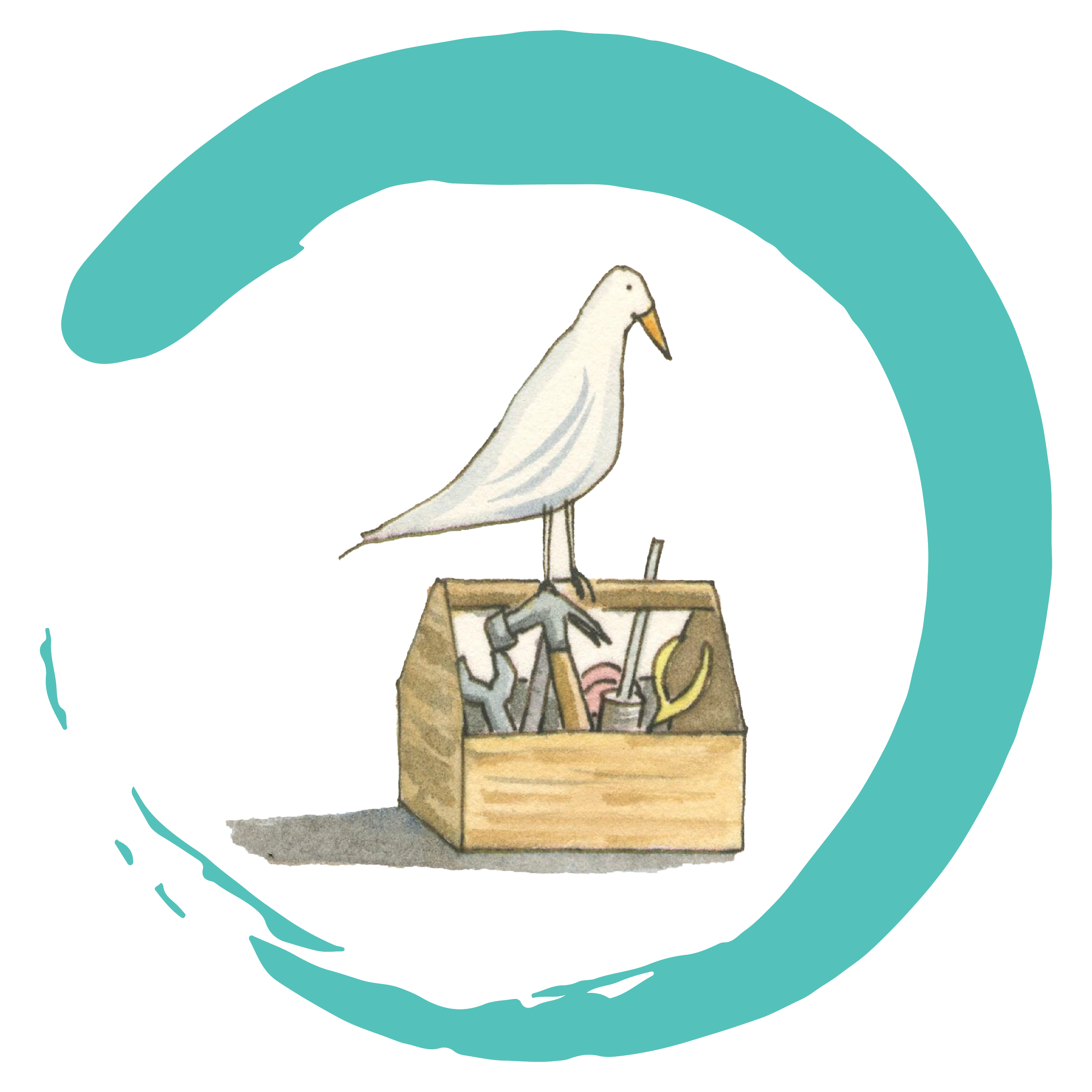inner kids: tips + faqs

-
Ready to try out some games, meditations, or other practices with kids? Check out these tips to help you get started.
-
Have questions about mindfulness and meditation? Here are answers to some questions we’re frequently asked.
tips for leading mindful games
Mindfulness games for the classroom, clinic, children, & families
Before Starting:
Find a relatively quiet place where you can sit or lie down comfortably, without being disturbed.
Before leading a game, get a feel for it first by going through the steps on your own.
While Leading Mindful Games:
Be Yourself. Use your regular speaking voice, and your own words, when you lead a game.
Every child is different. Some children are so determined to concentrate that they tense their muscles when they meditate. Others are so relaxed that they curl up and fall asleep. From time to time, remind kids to keep their backs straight and their bodies relaxed.
No “right” or “wrong” way to do it. Remind children that there is no right or wrong way to feel when they play mindful games. Although activity-based mindfulness often helps them feel calm (and we often want children to calm down), it’s important to remember that that goal is actually for them to be aware of whatever they are feeling in the present moment without judging it.
They don’t have to close their eyes. Sometimes children are uncomfortable closing their eyes, even when the game they're playing is easier with eyes closed. Don’t insist that children close their eyes, but it’s helpful to remind them that you'll keep your eyes open and watch the room.
No need to force it. Children will respond to the games differently, and activities that come naturally to some kids might be difficult for others. There’s no reason to force a child to play if he feels uncomfortable. Just switch to another game that explores similar life skills and themes.
Have fun! All of the games include activity-based mindfulness strategies that are useful to everyone, regardless of age. Don’t be surprised when older children and teens are drawn to activities meant for young children, and young children have fun playing games that seem over their heads.
Remind children to develop their own inner voice. We want to help children develop a kind inner voice that sounds something like this: It’s really hard to sit still right now, and that’s okay. Everyone feels this way sometimes. I can sit here, feeling my body and all the energy I have – my breath moving fast, my heart beating quickly – I can take a breath, listen to sounds, become aware of how I feel, and be okay.
Have more questions? Visit our FAQ section below for even more information on how to make your mindful games experience wonderful.
Ready to try out some Mindful Games? You can check out a few sample games here, here, or here, or learn more about the Mindful Games card deck or the Mindful Games book here.
faqs
about mindfulness and meditation
-
The best-known shorthand definition of mindfulness comes from Jon Kabat-Zinn’s MBSR: Paying attention, on purpose, in the present moment, without judgment.
-
When children notice how they feel, we hope they'll use a kind inner voice that sounds something like this: “It’s really hard to sit still right now, and that’s okay. Everyone feels this way sometimes. I can sit here, feeling my body and all the energy I have—my breath moving fast, my heart beating quickly— I can take a breath, listen to sounds, become aware of how I feel, and be okay.”
-
In the ancient languages Sanskrit and Pali the word mindfulness is defined as “remembering,” as in remembering our object of attention. The word meditation is defined in different ways among contemplative traditions, but in the Tibetan language the word for meditation means “familiarization,” as in familiarizing ourselves with the activity in our minds. Here’s a shorthand way to differentiate between the two: Meditation is a method through which we familiarize ourselves with our minds by working with them directly and mindfulness is knowing where our mind is, and our state of mind, in the present moment.
-
We want children to notice how they’re feeling in the moment, not to change the way they feel. When approached in this way, mindfulness often helps children feel calmer and more relaxed, but not always.
-
Encouraging kids to feel their breathing (rather than to notice it) is one way to orient a mindful game away from thinking and toward sensory experiences.
how to start playing mindful games with kids
-
If you’re short on time, spend the time you have on your own mindfulness and meditation practice. Start with brief and frequent moments of awareness – like Stopping and Feeling Your Breathing or Resting and Noticing - where you gently look at life experiences with the intention to understand them, not to judge or change them. Brief and frequent moments of awareness like these can create meaningful shifts in your behavior and mind-set relatively quickly. These shifts make it easier to lead mindful games, and to understand the themes and life skills woven through them.
-
Kids have an uncanny ability to sniff out what’s real and discount what’s fake, but you’ll be okay if you teach what’s real for you. For instance, if stopping and feeling your breathing helps steady your mind and heart, share that strategy with children. If shifting your attention to a sensory experience in the present moment helps dampen your worries and anxieties, share that strategy with children.
how to lead mindful games
-
Children don’t need to practice mindfulness for a long time for it to be helpful; they just need to be consistent. Frequently integrate brief moments of awareness into daily life, and don’t forget that repetition is important.
-
It’s fantastic when kids practice formal, sitting meditation every day. Encourage kids to give it a try but never insist that they meditate.
-
Frequently interrupt children’s routines to pause for a brief moment of awareness. For instance, ask a child to notice what the doorknob feels like against his hand when he opens the door or to put his socks on in slow motion. Instead of hollering, “Watch where you’re going!” when a child bumps into someone or something, ask her to "Stop and feel her breathing for a moment" or to "Move slowly like a sloth"
-
It’s helpful to check-in with kids after they play a mindful game so they can tell you about their experience and how they feel. As a rule of thumb, put as few words as possible between the game and children’s opportunity to describe how they feel.
-
Talking Points are included in the instructions for many of the games. They’re designed to jumpstart a conversation about the themes and life skills children explore when they play the games, and how those themes and life skills can be helpful in kids’ daily lives. You don't need to ask and answer all of the Talking Points that are listed in the instructions, and feel free to replace our Talking Points with your own.
how to navigate obstacles
-
Invite young children to lead more active mindful games - like Zip-Up, Slowly, Slowly, or Balloon Arms. Besides helping with buy-in, leading a game can help children build confidence and, if they’re playing with other children, leading gives kids a chance to practice speaking in front of a group.
Encourage older children and teens to practice brief and frequent moments of awareness by playing games like Feeling My Feet, Mindful Waiting, and One Bite at a Time.
-
It’s often helpful to tell children stories about your own challenges with mindfulness and meditation (we’ve all had them). Make sure you share only basic, relatively minor, challenges and stay away from talking to children about larger, more serious problems. This is an important point because we don’t want to inadvertently send kids a message that we want them to take care of us, rather than the other way around.
-
When it’s hard for children to control their bodies and/or voices, ask them to take a break until they’re able to speak and act respectfully. Remind them that they’re welcome to participate again when they’re ready. Some games and activities, especially those that require concentration, can be frustrating and it makes sense that every now and again kids will need a break.
-
Acknowledge the child’s concern then shift the tone and the subject matter of the conversation. Be sure to revisit the topic with the child privately later.
Inner kids model
Inner Kids is a fun, pragmatic approach to sharing mindfulness with children and classrooms worldwide. Designed to be flexible, adaptive, and inclusive to the specific needs, cultures, and creativity of the children and adults who use it, Inner Kids is a powerful set of principles and tools that brings activity-based mindfulness to children in simple ways to empower them to develop their attention, balance, compassion, and playfulness.








